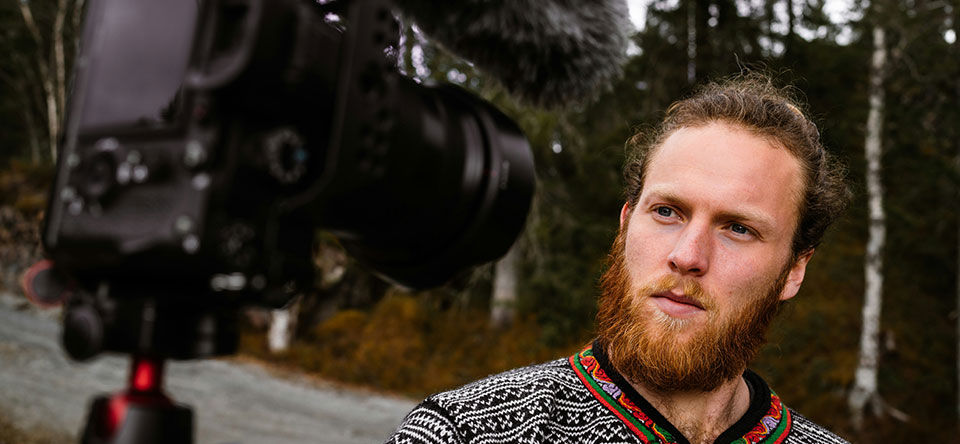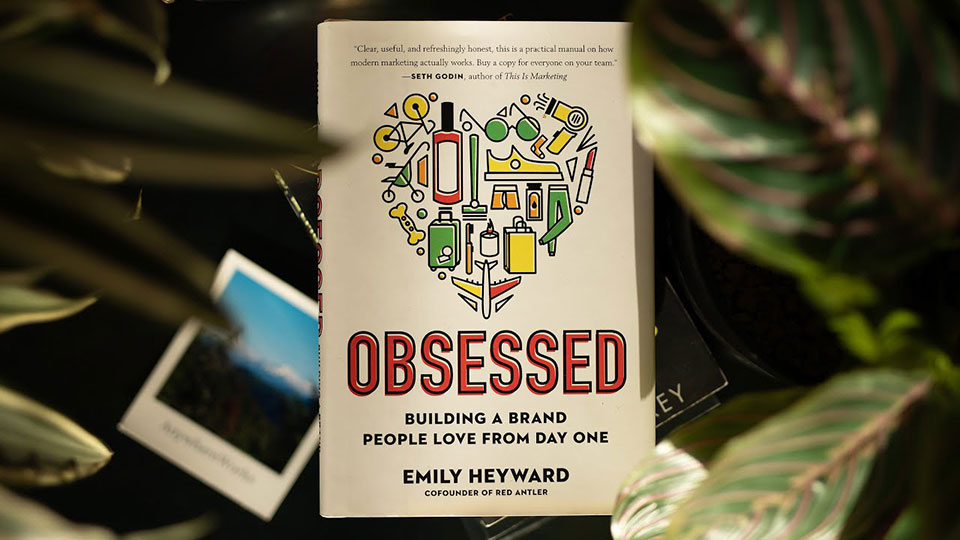October 02, 2024 | #003 | Free Version
Welcome to Startup Blitz, a weekly newsletter full of timeless ideas and insights you can use in your online business.
Many of us think of influencers as just pretty people posting attractive images. This narrow view leads us to undervalue influencer marketing.
But that’s not the reality. Every industry has trusted voices. Most don’t post pretty pictures on Instagram. They just offer insights about their work.
To identify influencers in your industry, you can survey your customers. Who do they turn to when making buying decisions? What sources do they trust to evaluate brands?
You’ll often find that many of these influencers are people with modest followings, rather than big-name gurus with large audiences. Partnering with these micro-influencers can be both cost-effective and highly impactful for your brand.
They had narrowed their focus to four software concepts. All of them had strong market potential. “We knew all four ideas were good,” Noon told First Round. “But we knew one idea would be way easier to sell than the others, and the only way to find out was to try.”
They called this process the “hot knife through butter test.” By attempting to sell each of their four software ideas, they quickly identified which concept had the most traction.
“All of the flight plans boiled down to the same thing. It was essentially find as many people as possible in your network that have anything to do with that idea, and try to sell it to them,” said Noon.
So how did they sell without a demo or prototype?
They created “marketing vignettes”—simple pitch decks designed to look like pared-down sales landing pages, with descriptions of different features. Armed with these vignettes, the founders spent each day pitching their ideas to different prospects.
A typical day in the validation phase looked like this: Morning – pitch a people analytics product to an HR leader. Midday – present a security analytics product to a security professional. Afternoon – pitch a slightly different security product to another prospect.
As 2025 approaches, it’s time to start planning your budget.
Olga Denisova, who has led marketing teams at Semrush and Veeam Software, has shared some valuable budgeting principles from her experience.
These tips can help you allocate your funds wisely and maximize results in the coming year.
1) The best budget model is revenue-driven. Determine your revenue-to-spend ratio based on your business goals. Your starting point can be 1:1 – for every dollar invested, you aim to generate a dollar in revenue.
2) Keep a separate budget for testing new ideas. If testing is tied to your main targets, you might hesitate to take risks. With a dedicated testing budget, you can experiment freely without the pressure of hitting revenue goals.
3) Create a flexible budget line for your best-performing campaigns. You don’t want to get stuck in approval cycles and lose your momentum. You need the speed and flexibility to invest in the best performers the minute you see them.
4) Create separate budgets for brand building and lead generation. Brand building has its own unique characteristics and KPIs. It shouldn’t be lumped together with other marketing efforts.
5) Allocate 5-10% of your total budget to retaining existing customers. Customer retention is the most ROI-efficient effort you can make for a business.
Heyward is the co-founder of Red Antler, a branding agency. She has worked on brand strategy for the likes of Hinge, Ramp, Casper, Burrow, and more.
In the book, she provides an insider’s look at the creation process for some of today’s most popular new brands. She also shares what it takes to create a brand that has people lining up from day one.
Red Antler’s approach to brand strategy begins with a crucial question. In their initial conversation with founders, they don’t ask how their business works, or who their competition is. Instead, they ask what problem they are solving for people.
“Ninety-nine times out of one hundred, they don’t answer with the problem they’re solving—they answer with a description of their business and its benefit. Someone launching a new gym concept will answer, “Getting consistent quality training at an affordable price.” Or someone launching a platform for small-business owners will say, “Visibility and ownership of their data.” Notice these are not problems, these are solutions,” writes Heyward.
Heyward and her team use an exercise to help clients uncover the core problem and emotional need their product is solving for customers. She illustrates this with a fictional example:
“The why test always ends with fear of death! Fear of death is the indicator that you’ve reached the end of the “why” chain. That’s because everything we do as humans, whether we know it or not, is ultimately motivated by knowledge of our own mortality,“ Heyward writes.




